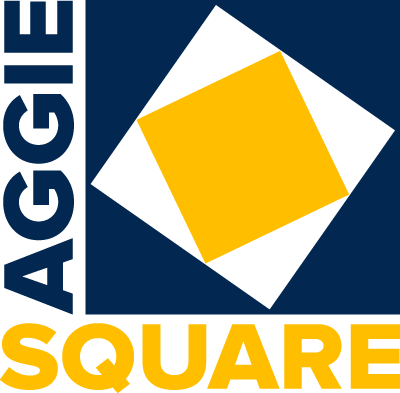
What's It Like Teaching a Quarter at Aggie Square?
Quarter at Aggie Square is one year old. It is going to grow up fast in the next year, since this fall will be the first opportunity students and faculty have to work together in person on the university’s Sacramento campus.
After a year of remote instruction on the one hand and global tumult on the other, students and faculty alike are primed to collaborate on new kinds of learning that can help improve the world.
You could call these kinds of learning experiences “super courses,” to employ a term from a recent column in the Chronicle of Higher Education. Such courses focus on issues that are larger than any particular class or discipline. They don’t center on topics but rather ask big questions. They put students in the middle of pressing challenges and engage them with truly wicked problems.

As I hope you know, the Quarter at Aggie Square program is helping faculty bring exactly that kind of experience to their students. The program offers faculty the chance to collaborate in developing an interdisciplinary suite of courses that foreground complex questions and take advantage of the Sacramento campus environment. Classroom work opens out to internships and community engagement, bringing students face to face with local partners and experts.
Last year, face-to-face happened over Zoom, which in the fall’s Transformative Justice courses meant connecting students with a guest speaker or community partner via the internet. In the winter, Professor Emily Merchant explains, it meant engaging “outside-the-university partners” to help frame questions around Health Equity. That collaboration made student group projects “feel more real. They weren’t just exploring abstract concepts, but were actually working on something that was going to make a difference in people’s lives.”
In the spring quarter, Professor Margarita Jiménez-Silva reports, introducing students to the challenges of Multilingual Education in California happened via a partnership with the Language Academy of Sacramento that was “absolutely amazing.” Collaborators there worked with UC Davis faculty “to navigate the COVID context and place our students with mentor teachers.”
For all they accomplished in the past very weird year, Quarter faculty are ready to be in-person. Jiménez-Silva says she looks forward “to our students having in-person opportunities to work at the Language Academy as well as attending committee hearings related to bills impacting multilingual students at the Capitol building.” Looking forward to the next iteration of the Health Equity Quarter courses means “having students meet with community partners in-person and seeing their offices and meeting the clients they serve,” Professor Meaghan O’Keefe says, which she anticipates will be an even stronger experience.
In addition to being in situ, there will be new Quarter experiential learning opportunities for UC Davis students in the coming year.
First up is a biomedical “bench to bedside” experience in the fall that gives students “the opportunity to learn both the fundamentals and translational aspects of biomedical engineering within the context of clinical immersion,” Professor Jennifer Choi explains. And Professor Scott Simon talks of bringing students “into the clinic [to] interact more closely with doctors and patients in the process of diagnosis and treatment.”
Later in the year, a new experience will focus on questions of policy and politics related to “Immigrants, Refugees, and Human Rights.” And the year after students will get to enroll in an experience devoted to “Plants, People, and the Planet.”
Faculty I talk to again and again point to the singular quality of what happens in these Quarter experiences. Merchant says she “was surprised that the students formed such a cohesive group. They really seemed to get to know one another and to care about each other’s success.” We’ve heard from other faculty that their student cohorts keep taking classes together even after the quarter experience is over. “We were able to build a strong community that went beyond the teaching of the content and extended to mentoring many of our students about navigating the education system as a first generation college student,” Jiménez-Silva adds.
For faculty, having students so engaged is incredibly rewarding. “In my eight years at Davis,” O’Keefe told me, echoing what’s been shared by other faculty, “I feel like these were the classes where my students learned the most.”
For faculty preparing to teach in Quarter at Aggie Square this coming year, expectations are high. Simon is excited to see “how bioengineering students can become motivated by observing patient care.” Dr. Jim Kovach, part of the bioengineering team as well, is looking forward to helping students experience the whole world of medical device development, including the business side of intellectual property and the complex landscape of health regulation. “I did not learn about any of these areas until I had completed medical school and was halfway through law school,” Kovach reports, “when in fact these areas are both interesting and valuable” to know about up front.
I hope you’re getting that faculty are thinking big both about what’s happening in their Quarter at Aggie Square classrooms and about what those classes mean to the future of their fields and even to the university.
Professor Aijun Wang sees major impact to the relationship between the Davis and Sacramento campuses in a Quarter experience that brings together “BME and surgery, engineering and medicine at large.”
Bringing the campuses together in this way means bridging the gap between the university and business innovation as well, in Wang’s thinking: “We think this will be the gateway for new startups that will become the future of Aggie Square.”
